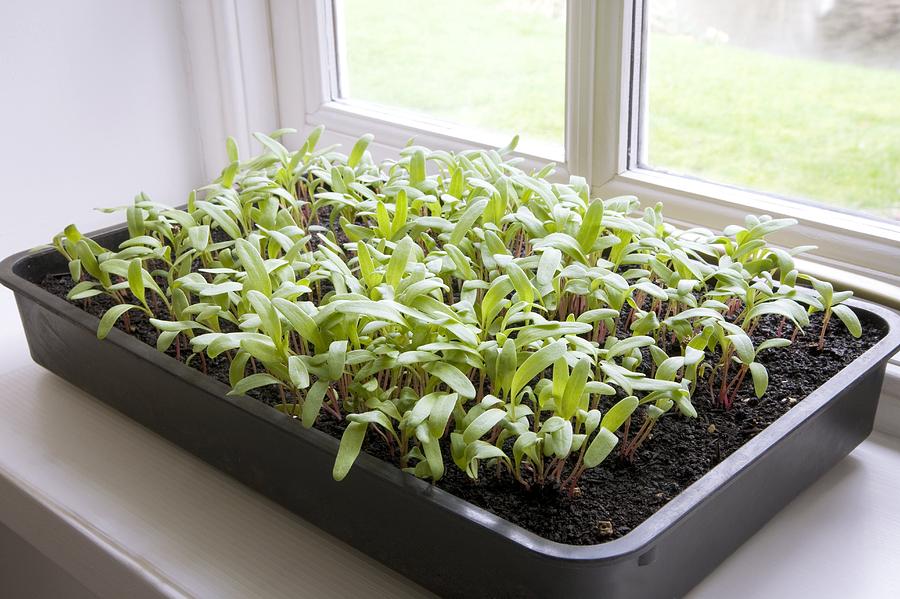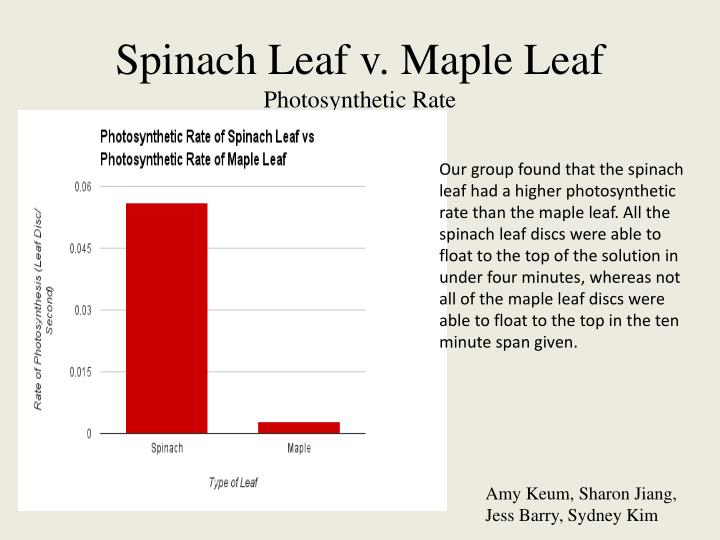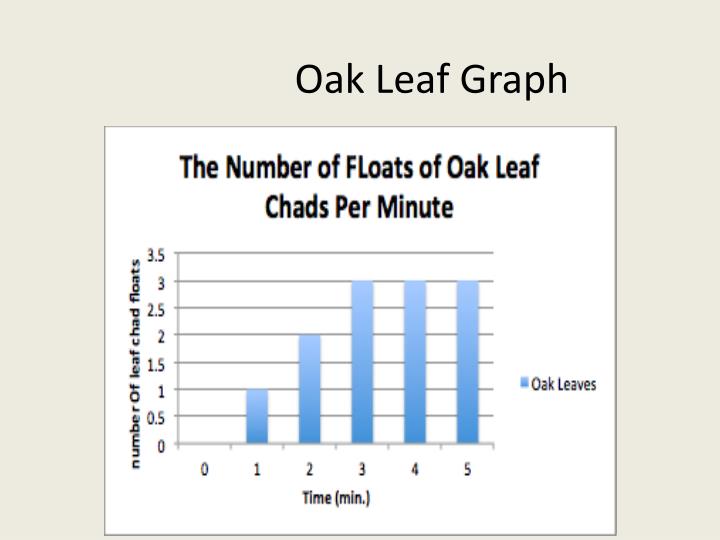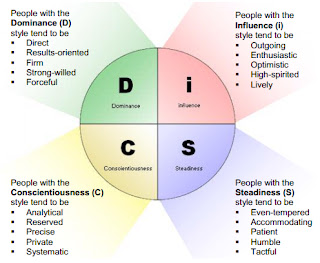
Reaction rates are usually expressed as the concentration of reactant consumed or the concentration of product formed per unit of time.

By extrapolating from the graph, the 50% floating point in this graph is about 11.5 min. The Effective Time (ET 50) represents the time required for 50% of the leaves to float. The graph shows the time on the x-axis and the number of floating leaves on the y-axis. Example results for the floating leaf disk assay. This time is labeled Effective Time ET50.įigure 3. A red line indicates at what time 50% (5) leaf disks float (at about 11.5 minutes). After 7 minutes the first leaf disk floats, after 11 minutes 4 leaf disks float, at 12 minutes 7 leaf disks float, at 13 minutes 8 leaf disks float, and after 14 minutes all 10 leaf disks float. The y-axis shows the number of floating leaf disks. The time until the leaf disk rises to the top of the solution is a measure of how much oxygen has been produced and thus a proxy for the rate of photosynthesis.

The attached oxygen gas changes the buoyancy of the leaf disk and once enough oxygen has been produced, the leaf disk will rise to the surface of the baking soda solution. As the plant leaf photosynthesizes, oxygen is produced that accumulates as oxygen gas bubbles on the outside of the leaf disk. The leaf disks are then sunk in the baking soda solution and exposed to light. The baking soda provides the carbon dioxide that the leaf needs for photosynthesis. In the next step, a vacuum is used to replace the air pockets within the leaf structure with a baking soda (bicarbonate) solution.

In the floating leaf disk assay, 10 or more leaf disk samples are punched out of a leaf. Without the use of extensive laboratory equipment, the rate of photosynthesis can be determined indirectly by conducting a floating leaf disk assay to measure the rate of oxygen production (Figure 2). You could, for example, measure the production of oxygen or the consumption of carbon dioxide over time. Similar to any other chemical reaction, the rate of photosynthesis can be determined by either measuring the decrease of its reactants or the increase of its products. Other factors that affect the rate of photosynthesis are the light intensity, the amount of chlorophyll and other color pigments in a plant, and the color of light. This is because at high temperatures, enzymes can get damaged and thus become inactivated. Temperature also plays a significant role, as photosynthesis is an enzyme-mediated reaction. Similarly, the concentration of carbon dioxide-another reactant in photosynthesis-affects how fast photosynthesis can occur. Without enough light or water, for example, a plant cannot photosynthesize very quickly. Many factors affect how quickly plants are able to conduct photosynthesis. Thus, it is not only crucial for plants, but also for all organisms that rely on oxygen for their survival.

Photosynthesis is responsible for replenishing Earth's atmosphere with oxygen that we breathe. These sugars can be stored for later use by the plant as an energy source to fuel its metabolism and growth. In the Calvin cycle, the plants take carbon dioxide (CO 2) from the air and use it to ultimately make sugars such as glucose or sucrose.
#Spinach disk graph title series
In this step, the two energy-carrier molecules, NADPH and ATP, are utilized in a series of chemical reactions called the Calvin cycle. The next stage is light-independent and is often referred to as the dark reaction. At the same time, water is split into oxygen (O 2) and protons (H +). During the first part of photosynthesis-the light-dependent reaction-chlorophyll and other pigments harness the light energy to produce NADPH and ATP, which are two types of energy-carrier molecules. This is why leaves with chlorophyll usually appear green. Chlorophyll does not absorb light in the green spectrum of light but reflects it instead. Chlorophyll is one of the pigments that can absorb light in the blue and red spectrum from the visible light spectrum. The chloroplasts contain special pigments that react to light. Photosynthesis takes place in the chloroplasts within the plant's cells. During photosynthesis, plants convert water (H 2O), carbon dioxide (CO 2), and light into oxygen (O 2) and sugars like glucose (C 6H 12O 6).


 0 kommentar(er)
0 kommentar(er)
